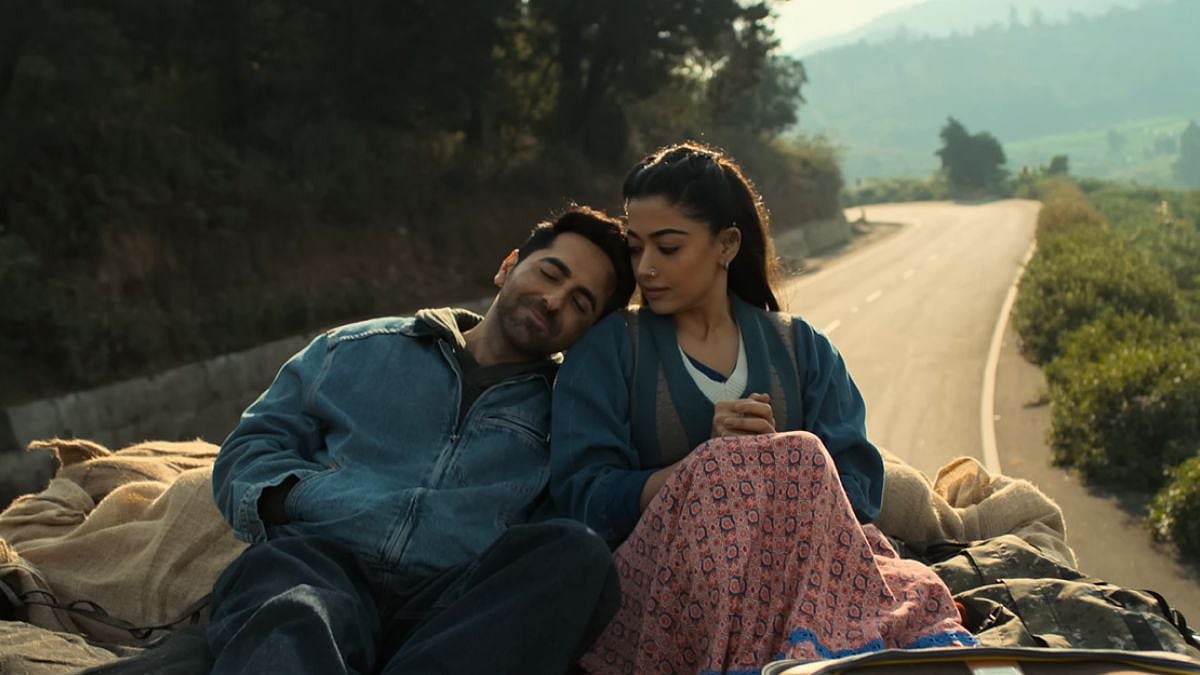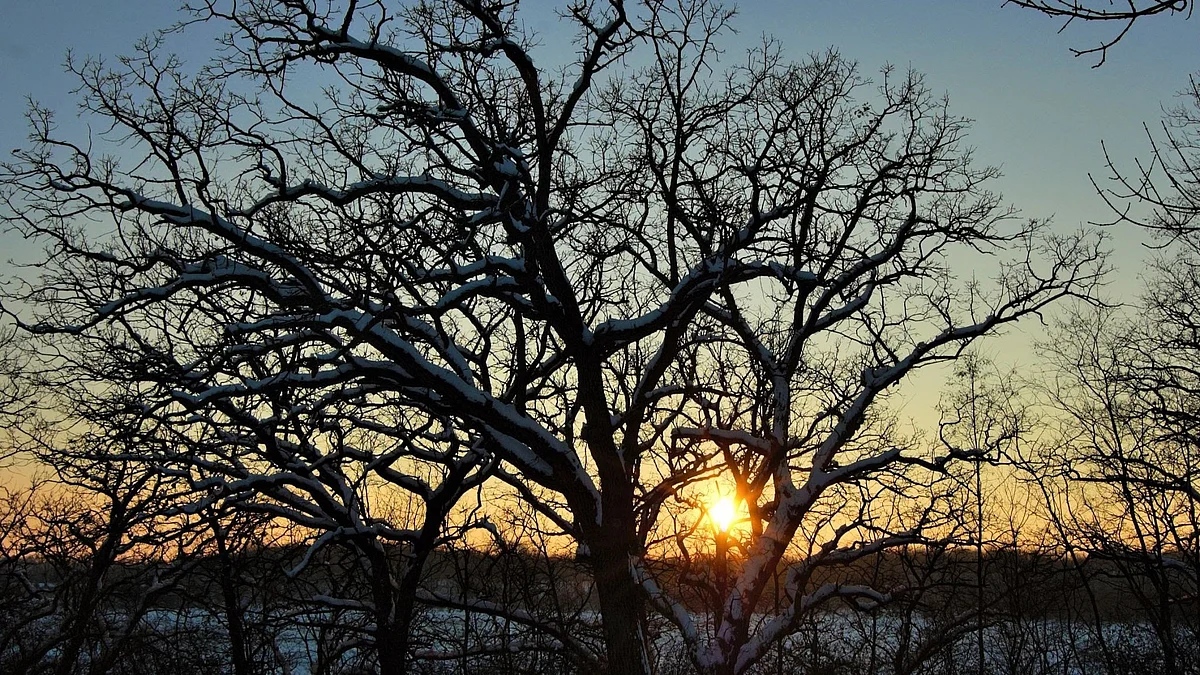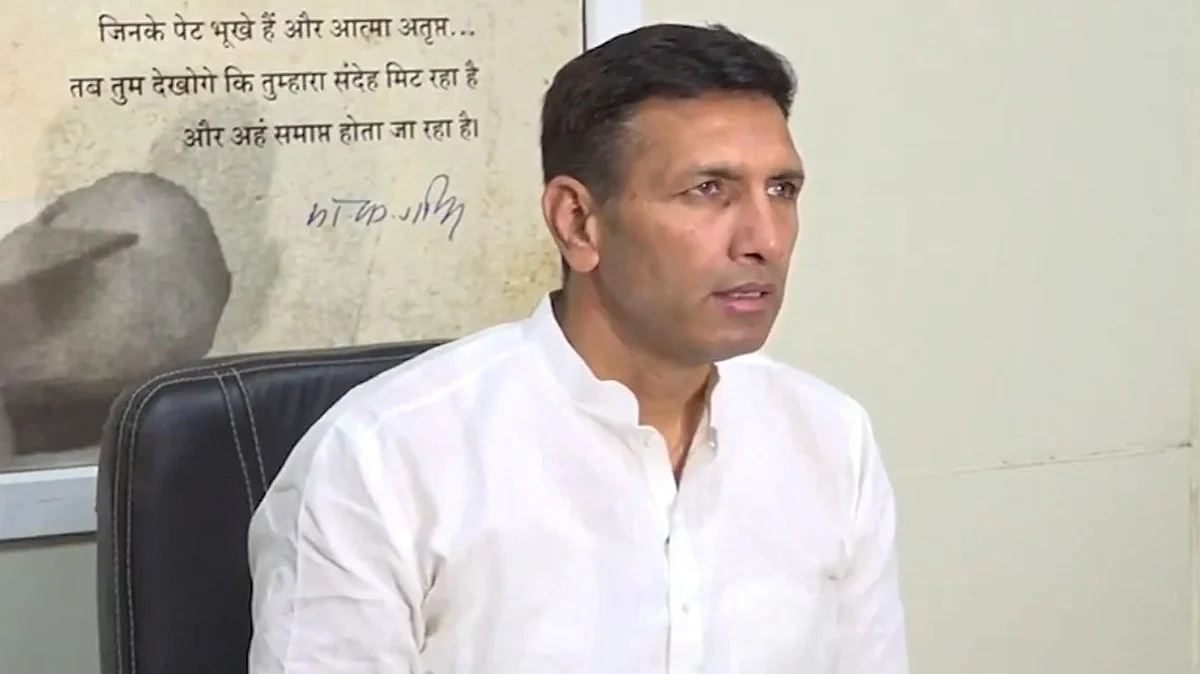Ujjain (Madhya Pradesh): To make the young scholars aware about the contributions of Ujjainís legendary archaeologist Vishnu Shridhar Wakankar, an Indore-based Academy of Indian Numismatics and Sigillography has released a commemoration volume on him.
'Our journal 'The Journal of Academy of Indian Pneumatics and Sigillography' has dealt exclusively with the exemplary inventions and contributions of Dr Wakankar,' said director of academy Dr Shashi Kant Bhatt.
The volume comprises 16 research articles written by prominent academicians of the country. Five articles are based on Wakankarís rock arts while three are based on Numismatics and Sigillography. One is on petrography and two on modern drawing and his contribution, veteran archaeologist Dr Bhatt told Free Press.
Academy of Indian Numismatics and Sigillography, Indore is a centre for advances research since 1975.
We publish a research journal annually which is circulated among prominent institutions of the world. We are also a member of International Numismatics Commission since 1992, he said.
Wakankar's biggest contribution is Ujjain-based Bharat-Bharti Sansthan where excavated materials are on display to train the future generations.
He was a brilliant personality. He was native of Neemuch district and his father was an engineer. He bestowed skills of painting from his family. Despite lacking access to the modern equipments like camera, which are essential for the study of archaeology, he travelled on foot and on cycle across Neemuch including dense forest cover of Neemuch-Bhanpura and Chambal Valley beginning 1954.
He surveyed the rivers and ravines from their emergence to their point of culmination. Dashpur, Runija, Dangwada and Kayatha were the main sites of his excavation and research in Malwa belt. Kaytha gave him the world-wide recognition for the discovery of Vedic Culture.
Dr HD Sankalia and other intellectuals fixed the date of the site as 2100 BC to 1800 BC. The black ware pottery received from Kayatha excavation needed sharp acumen which was a hallmark of Dr Wakankar.
Dr Bhatt recounts that Dr Wakankar travelled on foot from the main stream of Chambal Valley with his aide and came back to its origin at Kahn River in Indore. He found stone-age tools of 9,000 BC. This way he explored ancient habitants and life and highlighted the rich traditional Indian culture.
He received so many world-repute awards. Discovery of extinct Saraswatiís route brought his name to limelight. Discovery of Bhimbetka Caves is his one of the prominent feats. He was conferred Padma Shree in 1975 and the then Prime Minister Indira Gandhi left her chair and reached up to Dr Wakankar to honour him.
Father of Rock Art School
Wakankar the ëpitamahaí of Rock Art School in India, carried out extensive work in India and abroad since 1954. He studied rock art in UK, Austria, France, Italy, Germany, Spain, Greece, Mexico, Egypt and USA. Wakankar discovered and studied more than 4,000 rock caves in India and also discovered rock shelter paintings in Europe and America, dating of artistesí activities back to 40,000 years ago. Today Wakankar Shodh Sansthan boasts of a private collection of about 7,500 Rock art paintings sketched by Wakankar of which about 4,000 were discovered by him. Wakankar along with his students†explored the ravines of Chambal and Narmada rivers and carried out excavations at Maheshwar (1954), Navada Toli (1955), Manoti (1960), Awara (1960), Indragadh (1959), Kayatha (1966), Mandsaur (1974, 1976), Azadnagar (1974), Dangawada (1974, 1982), Verconium Roman site in England (1961) and Incoliev in France (1962) and Runija (1980). An expert in the field of numismatics and epigraphy, Wakankar collected and studied about 5,500 coins ranging from 5th Century BC onwards. He studied more than 15,000 coins at Ujjain. He also studied about 250 inscriptions in Sanskrit, Prakrit, Brahmi languages dating back to 2nd century BC. Wakankar continued his research in ancient archaeology and ancient Indian history. He was responsible for tracing the basin of the now-dried-up Saraswati River, which holds treasure trove of secrets of the elusive history of Indian civilisation.










